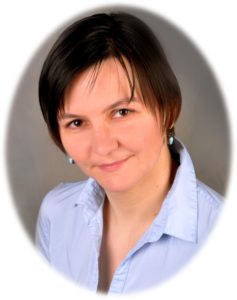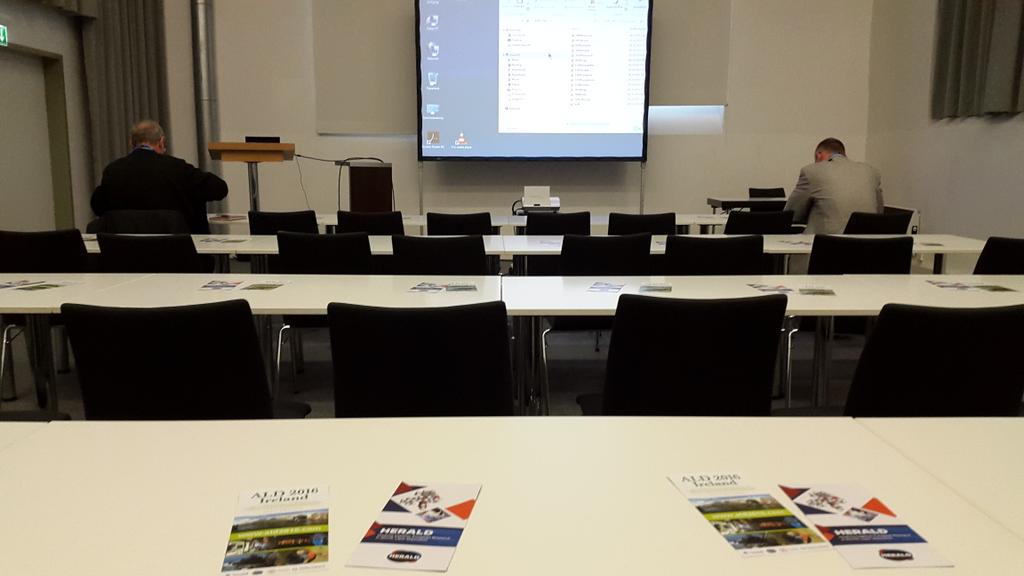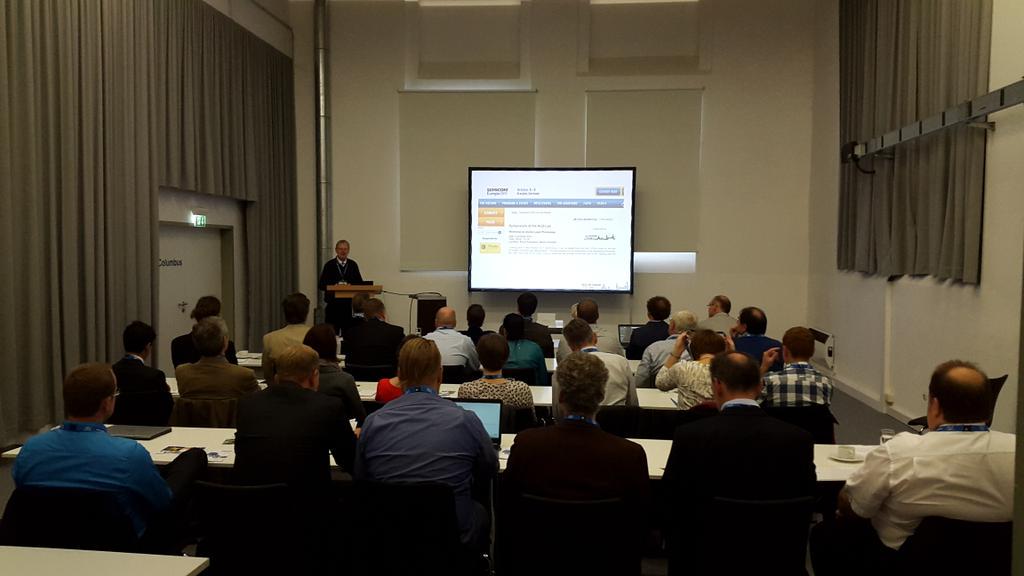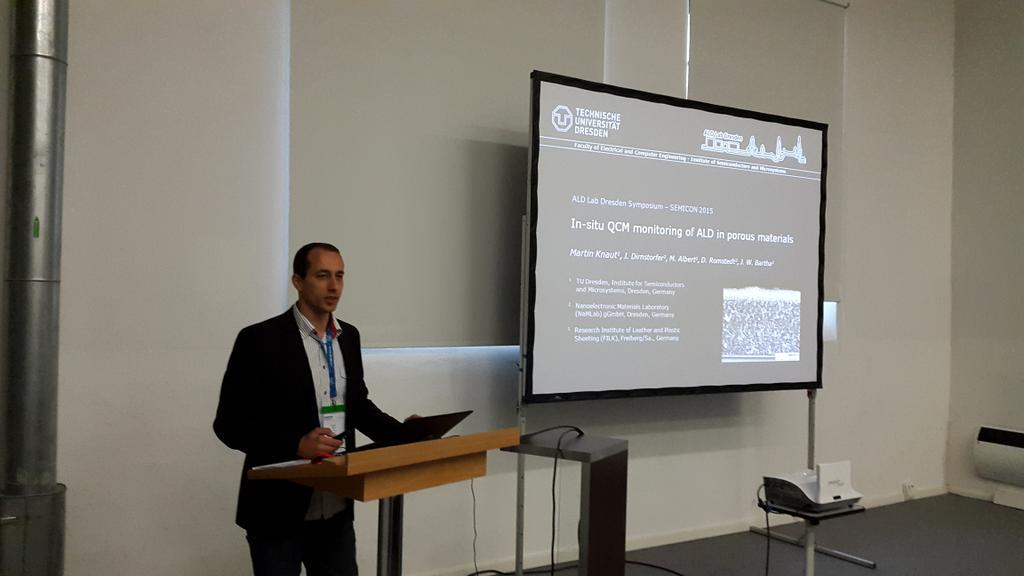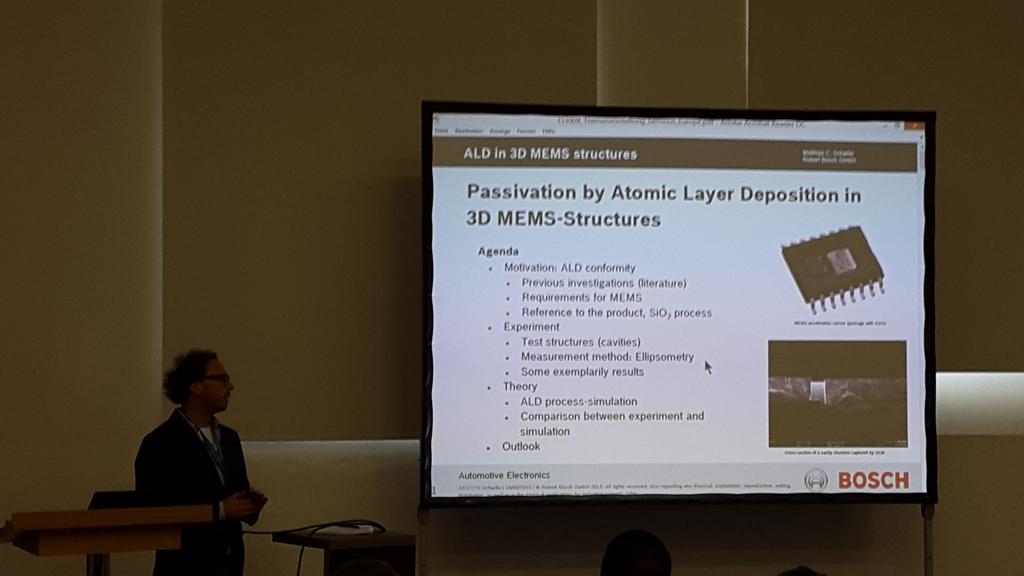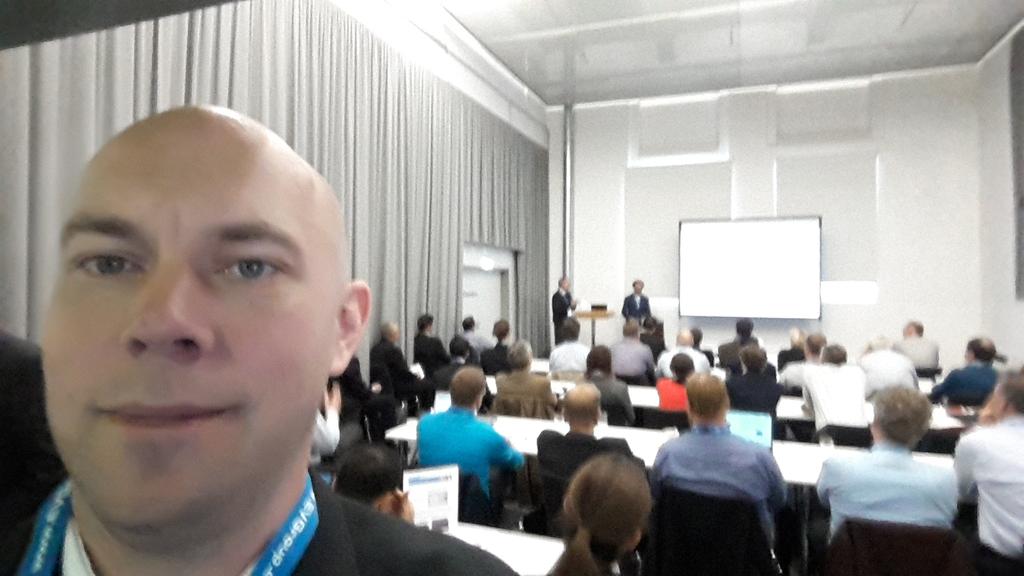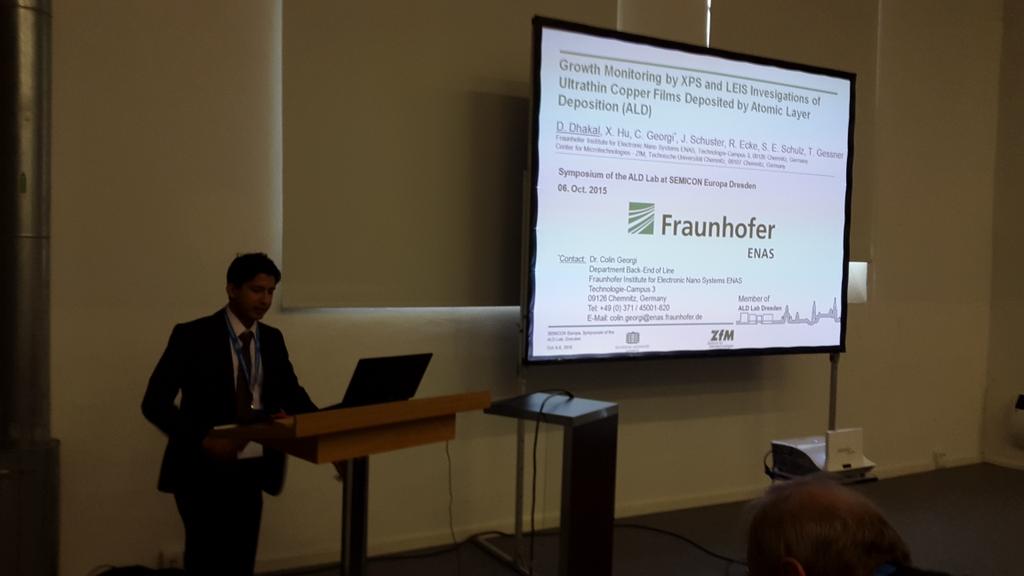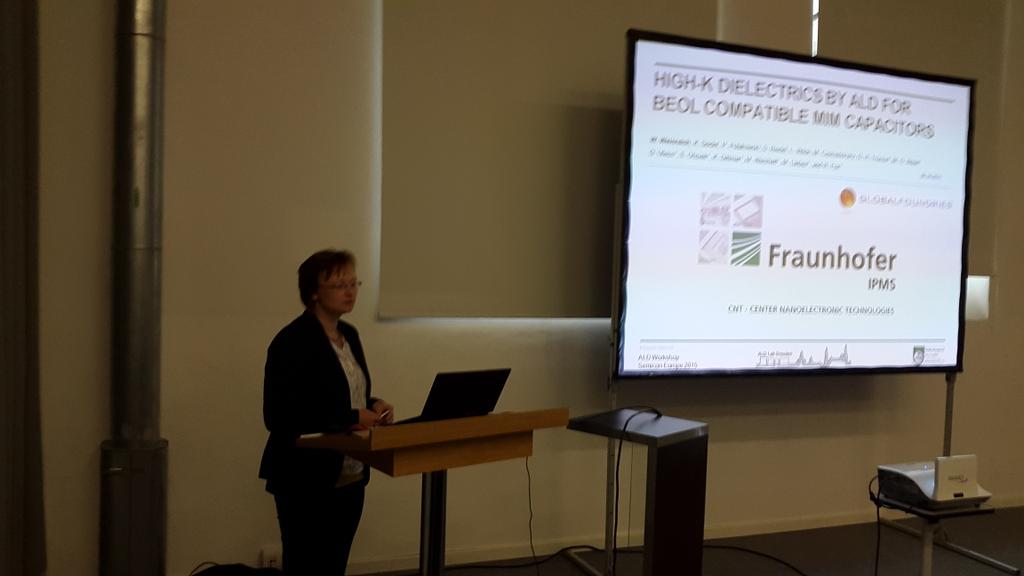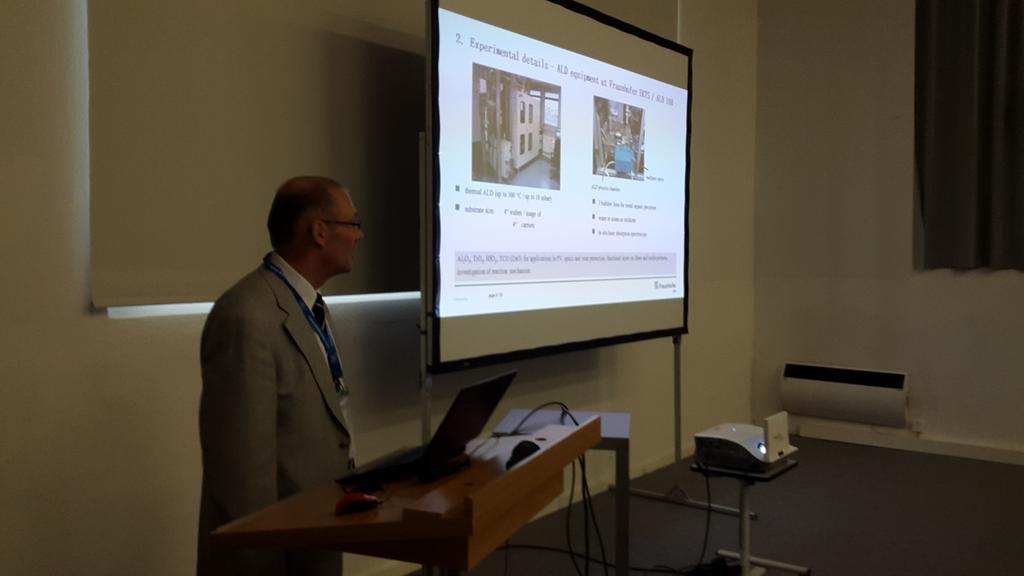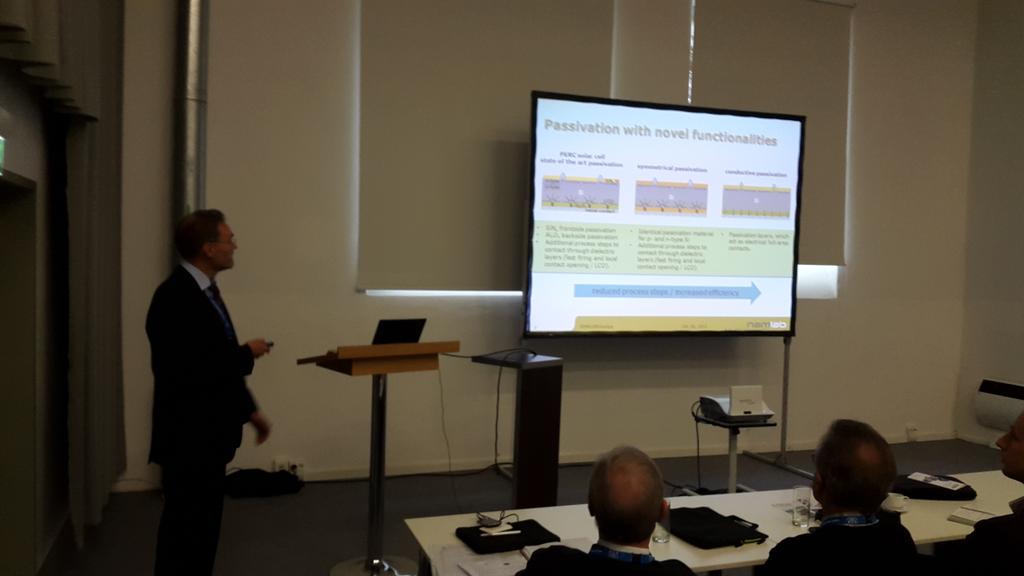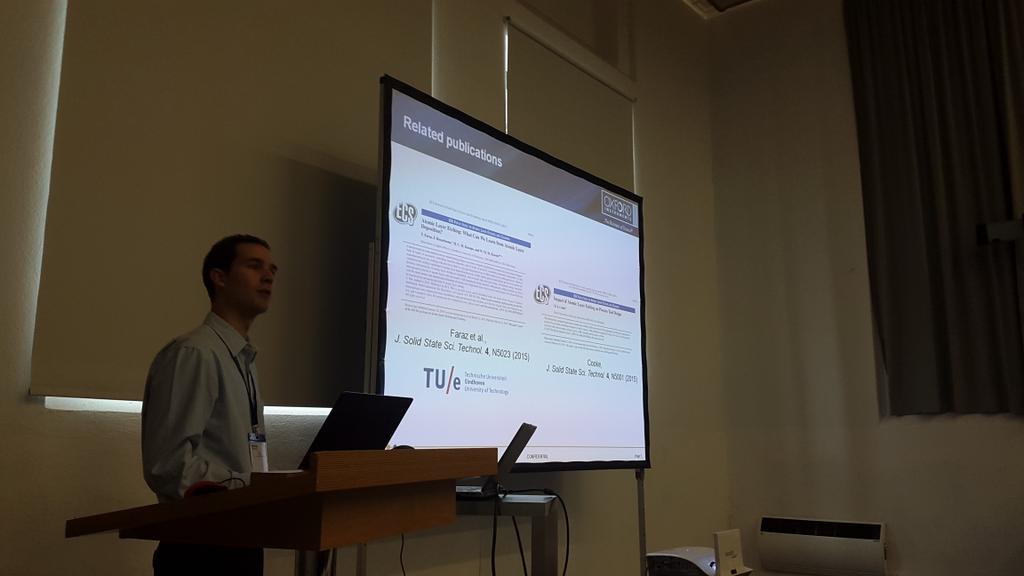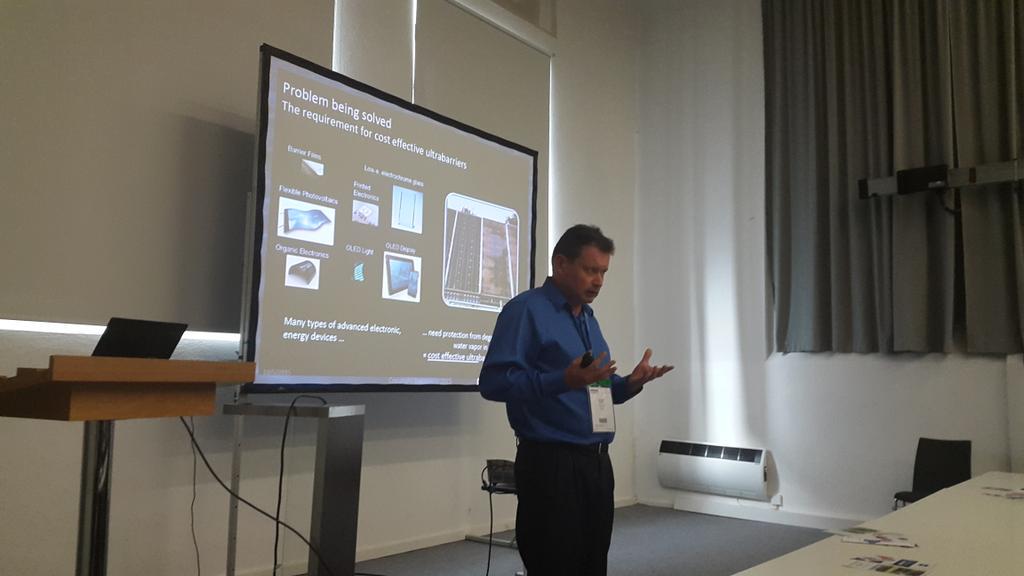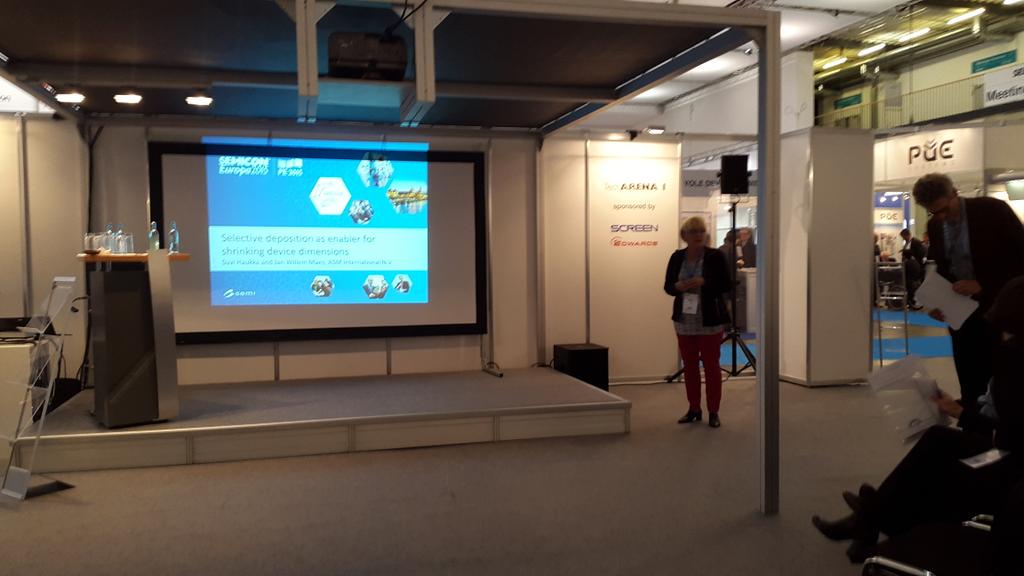Columbus, Tuesday Oct 6, 13:45, ALD / ALE Sympoium of The ALD Lab Dresden, Messe Dreaden, Germany
Waiting for the ALD Storm!
Welcome
Prof. Johann W. Bartha, TU Dresden
In situ monitoring of Atomic Layer Deposition in porous materials
Martin Knaut, TU Dresden
Passivation of MEMS by Atomic Layer Deposition
Matthias Schwille, Robert Bosch
Symposium is full - please help me throw out a PVD guy
Growth Monitoring by XPS and LEIS Investigations of Ultrathin Copper Films Deposited by Atomic Layer Deposition
Dileep Dhakal, TU Chemnitz/FhG ENAS
High-k dielectrics by ALD for BEOL compatible MIM
Wenke Weinreich, FhG IPMS-CNT
ALD coatings for applications as permeation barrier and protective layer in fiber-reinforced materials
Mario Krug, FhG IKTS
ALD for solar cell application
Ingo Dirnstorfer, NaMLab
Plasma enhanced ALD process for TiO2- and WO3- films
Alexander Strobel, FH Zwickau
Why do we need Atomic Layer Etching
Jonas Sundqvist, Lund University/TU Dresden
Spatial Atomic Layer Deposition and Atomic Layer Etching
Prof. Fred Roozeboom, TU Eindhoven / TNO Eindhoven
Atomic Layer Etching: What Can We Learn from Atomic Layer Deposition?
Harm Knoops, Oxford Instruments/TU Eindhoven
Hardmask and side wall protection during dry etching with plasma enhanced deposition during dry etching for ALE purposes
Stephan Wege, Plasway
Industrial High Throughput Atomic Layer Deposition Equipment and Process for OLED Encapsulation
Jacques Kools, Encapsulix
Monolayer controlled deposition of 2D transition metal dichalcogenides on large area substrates
Annelies Delabie, Imec
Selective Deposition as Enabler for Shrinking Device Dimensions
Suvi Haukka, Executive Scientist, ASM Microchemistry Ltd.



%20(1).png)
 Lecture, part I
Lecture, part I Lecture, part II
Lecture, part II